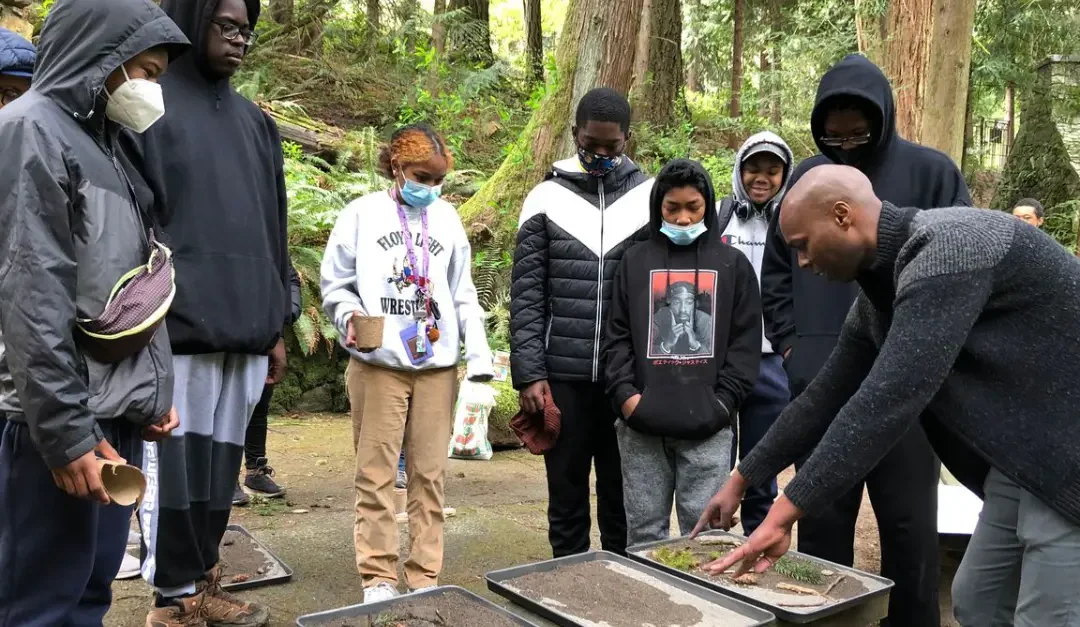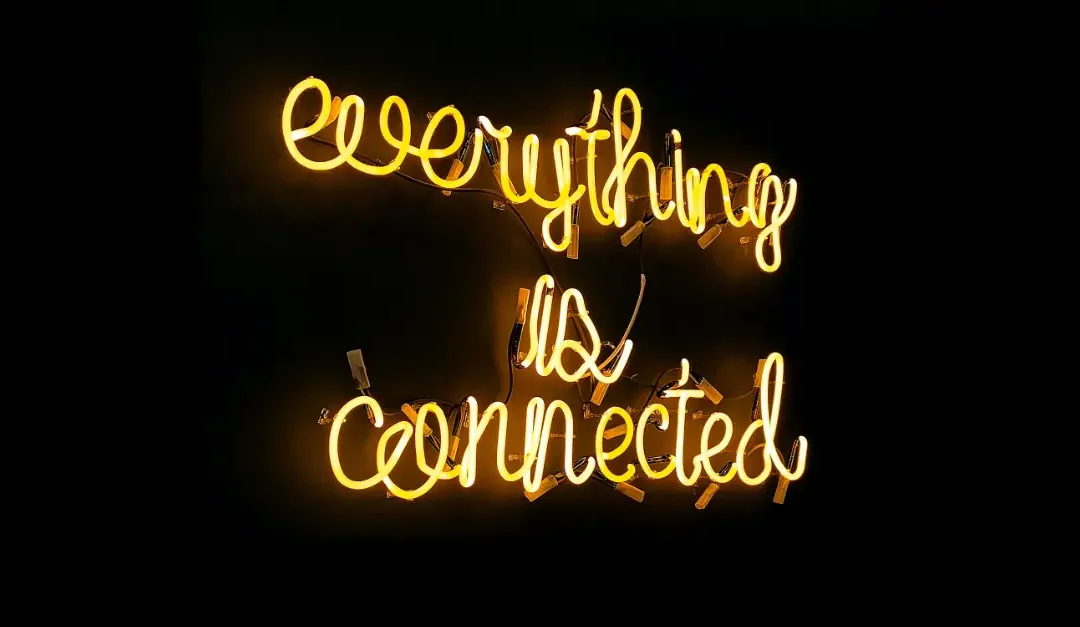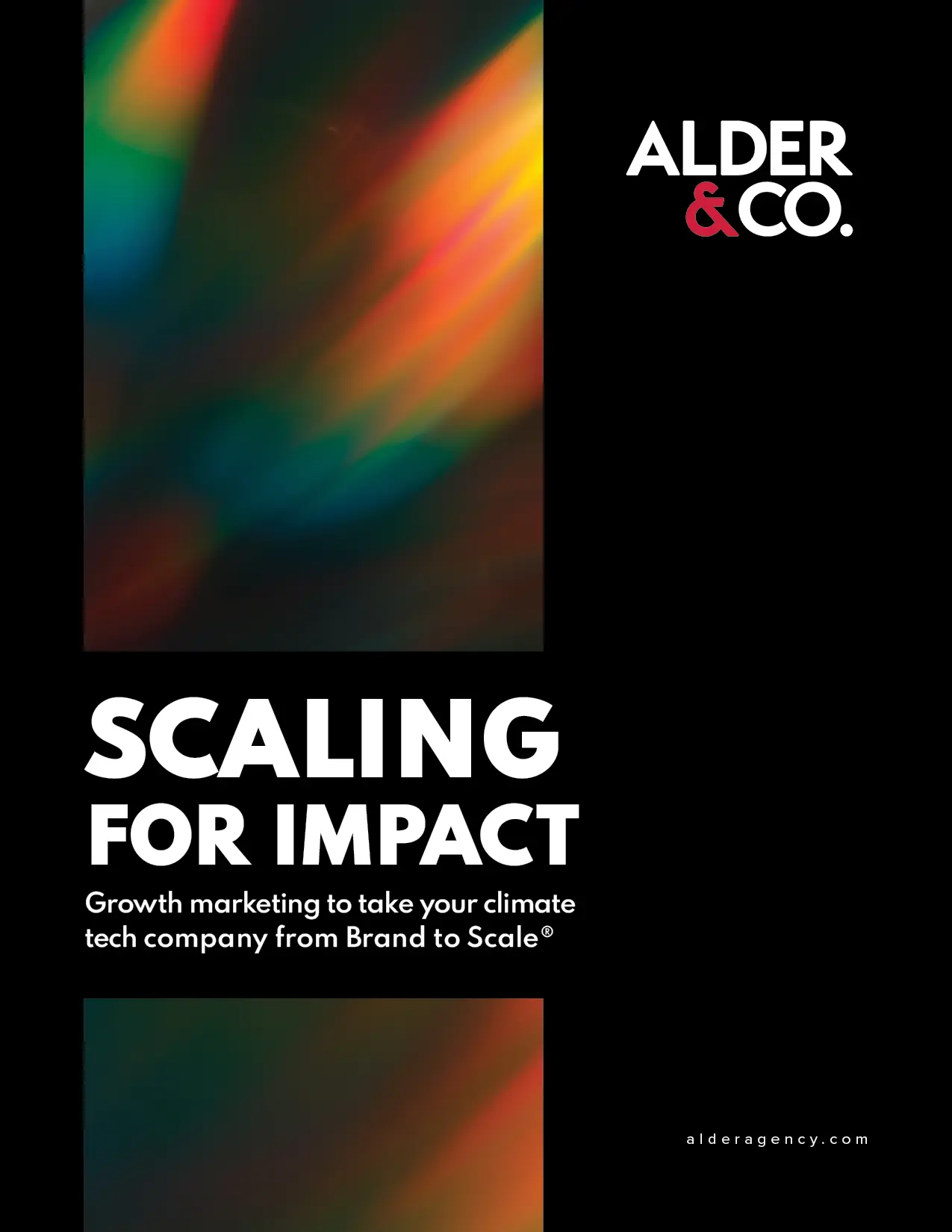There is no doubt in our minds that we see concerted change across cleantech. Investors beyond the likes of Larry Fink are enthusiastically redirecting their money into cleantech. Forced stay-at-home orders that refocused research and development are now ready for pilots. The unconscienced became the conscience and influenced new policies for DEI and/or sustainability. These triggers led to positive change in our industry, and we need to ensure our brand and marketing have aligned to meet these urgent and timely changes.
No matter the state, there are tried and true marketing strategies and tactics that continue to do their job. We asked three marketing experts to give us insights into how cleantech trends affect our day-to-day in B2B and B2C communications.
“I think if you’re in cleantech now, you probably see increased interest from partners, Fortune 500 companies and investors,” says David Koerner, vp of global marketing for 75F. “There’s sort of a perfect storm, a trifecta as I see it here of (1) technological advancements, (2) legislation and (3) the impact of COVID. And I think showing the limitations of our traditional infrastructure, organizations, and culture create a lot of very positive forces that have stirred a second cleantech boom that we’re all experiencing.”
For a later-stage company, marketing meets those trends by advancing communications from investor to consumer to drive sales. And supporting sales in a pandemic has changed like most of our communications. Koerner’s strategy focuses efforts on the benefits of using 75F vs. education on the technology because your marketing team will be out-resourced by big names like Honeywell.
Marketing comes down to some fundamental tactics for the early-stage company to get the business off the ground. Julia Travaglini, vp of marketing and communications for Greentown Labs, says trends on her radar include positioning, selling through storytelling, and fostering a diverse, equitable and inclusive company culture.
“It’s really about the human side of climate change as a human challenge. And it’s going to be humans and corporations that help solve it as well,” Travaglini says.
Even in the most technical companies, finding a storyline that connects on a human level can add sales to your bottom line. “Understanding the human side of climate, and talking about the people solving it, like investors who are doubling down and supporting innovations in climate change, are moving the industry forward, and is the best strategic approach to grabbing attention and staying relevant,” Travaglini says.
For Carrie Maultsby-Lute, professor of practice at Presidio Graduate School and Mills College, she sees marketing trends in social justice and transparency affecting all industries, including cleantech.
“What we see now is a high-level cultural shift. What we experienced with the pandemic and with racial reckoning has led to a purpose toward a new worldview. Your why and actions matter as a brand and as a company and justice is the new mantra. The “S” of ESG (environment, social, governance) has gained lots of currency, and with it is a new reality to thrive now, and in the future.”
For Maultsby-Lute, she recommends marketing departments hire culturally flexible people who have lived and worked in diverse, socio-economic communities, highlight employees and make them stars, and tap into MBA talent from universities to support your marketing, finance or operations team.




